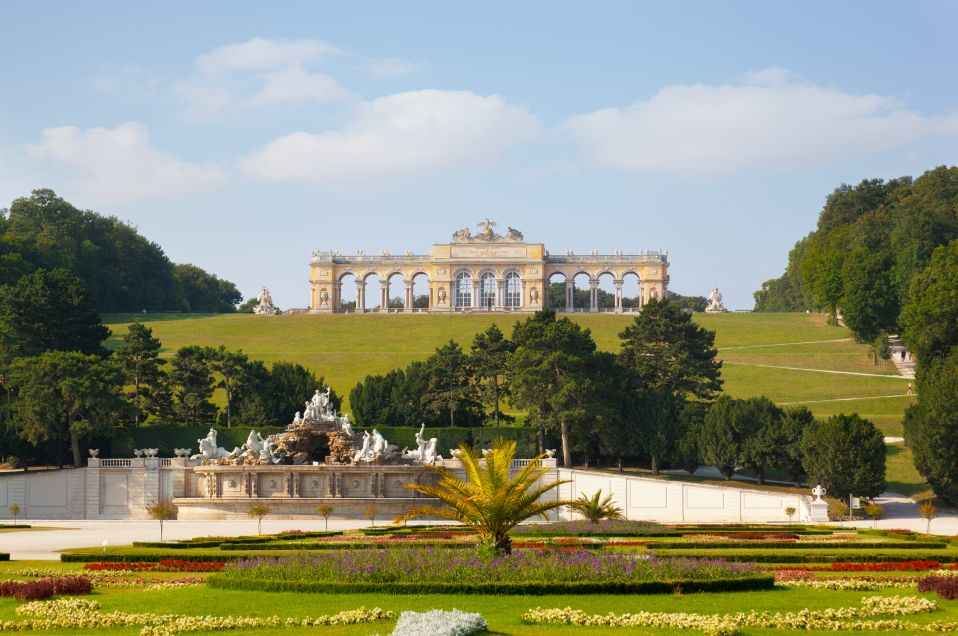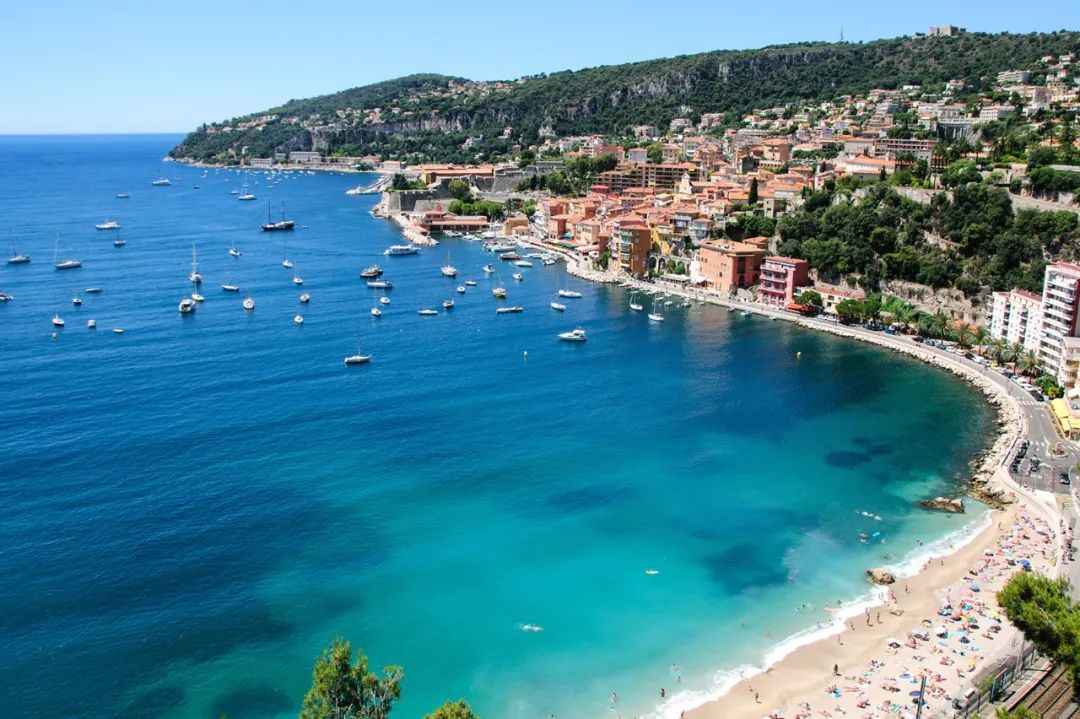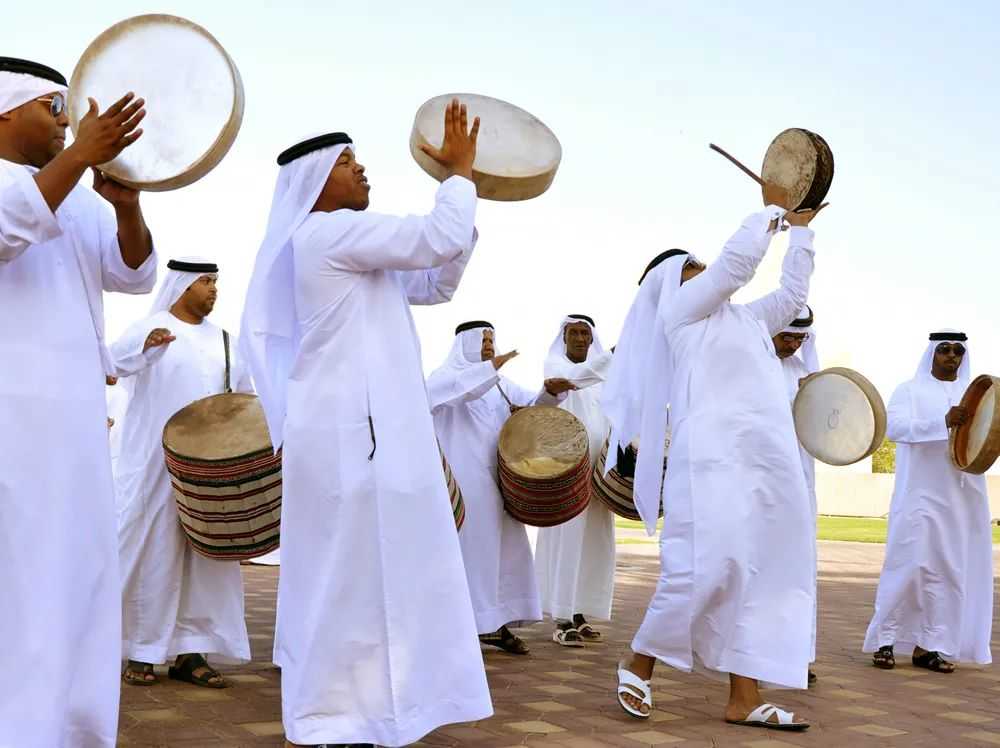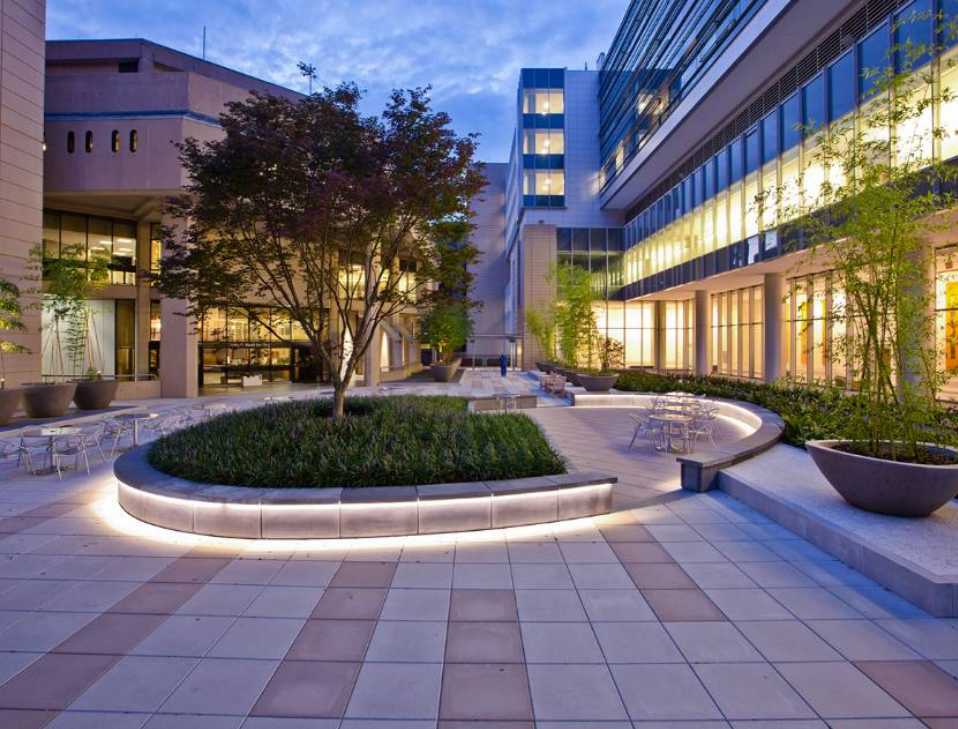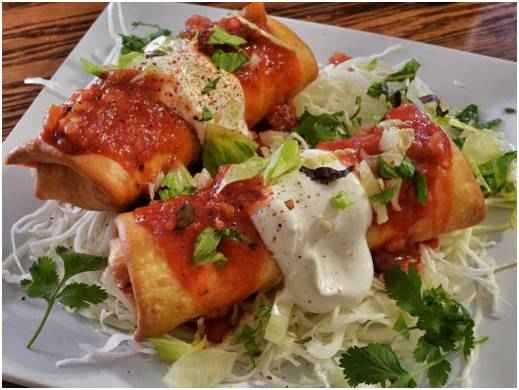Vienna’s Schönbrunn Palace: A Timeless Imperial Legacy
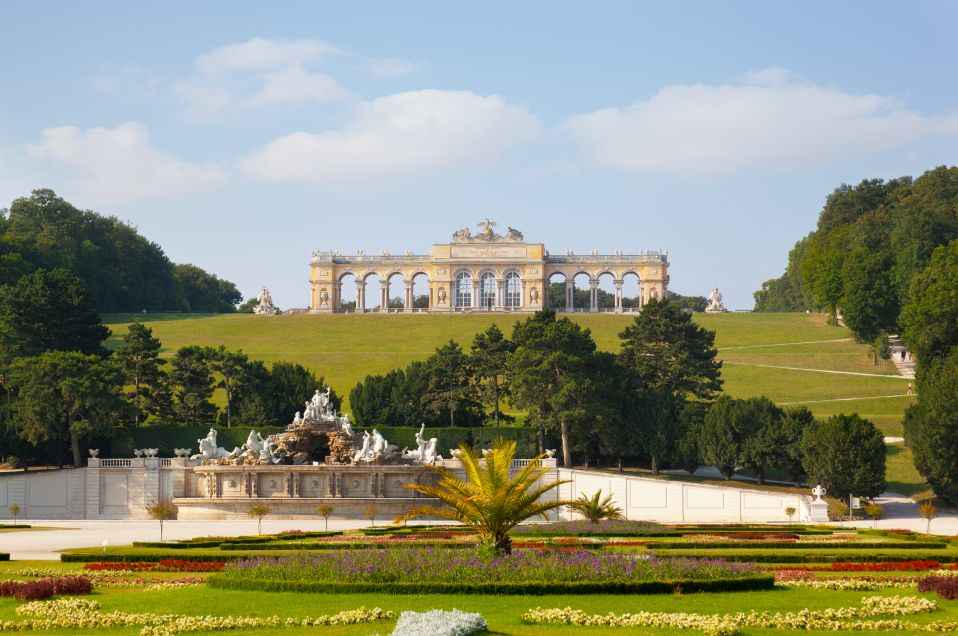
Source: Images from the Internet, if there is any infringement, please contact the removal of
Nestled in the heart of Vienna, the Schönbrunn Palace stands as a testament to Austria’s rich imperial heritage and architectural grandeur. Designated a UNESCO World Heritage Site in 1996, this Baroque masterpiece has captivated visitors for centuries with its opulent interiors, sprawling gardens, and historical significance.
Originally built as a hunting lodge in the 17th century, Schönbrunn was transformed into the summer residence of the Habsburg dynasty under Emperor Leopold I. Over time, it evolved into a symbol of power and prestige, with architects Johann Bernhard Fischer von Erlach and Nicolaus Pacassi crafting its 1,441 rooms into a showcase of Baroque splendor. Highlights include the Great Gallery, adorned with frescoed ceilings and crystal chandeliers, and the opulent State Apartments, where Empress Elisabeth (Sissi) once resided .
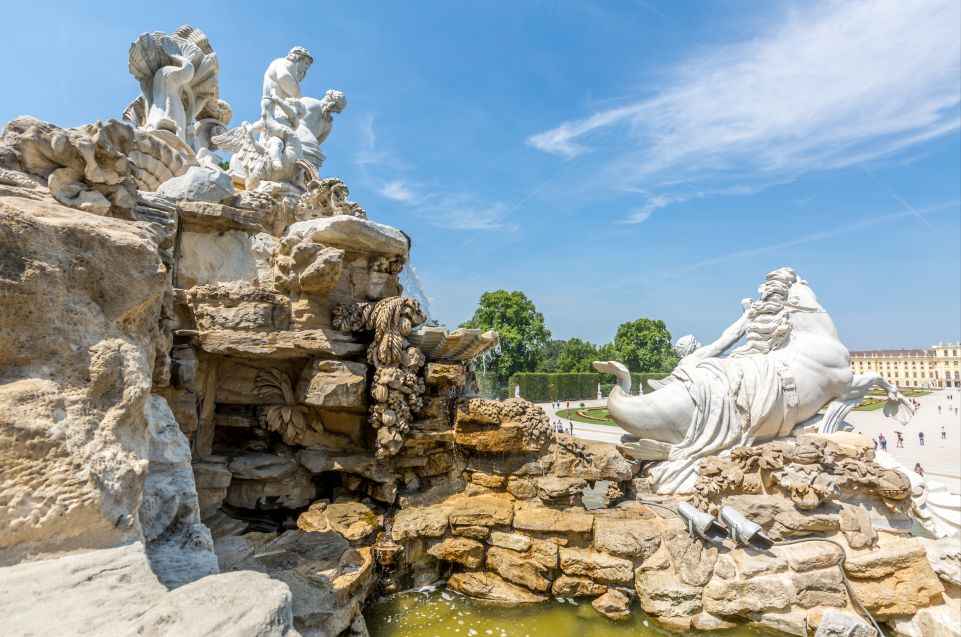
Source: Images from the Internet, if there is any infringement, please contact the removal of
The palace’s extensive grounds, spanning 160 hectares, feature meticulously manicured French formal gardens, the iconic Gloriette pavilion offering panoramic views, and the Tiergarten Schönbrunn—the world’s oldest zoo, founded in 1752 . In 2025, the zoo welcomed two giant pandas, “Lanyun” and “Hefeng,” marking a new chapter in Austria-China cultural collaboration. The pair’s arrival, celebrated with a traditional lion dance, underscores Schönbrunn’s role as a bridge between history and modern diplomacy .
Beyond its historical allure, Schönbrunn continues to innovate. The EU-funded ChemiNova project is deploying cutting-edge technology to monitor and preserve the palace’s fragile architecture, ensuring its resilience against climate change and human impact . Meanwhile, the Austrian Institute of Technology is developing an intelligent visitor management system to optimize crowd flow, enhancing experiences for the 8 million annual visitors .
In September 2025, Schönbrunn will host the Longines Global Champions Tour, a prestigious equestrian event returning to Vienna after a decade. The tournament’s backdrop—against the palace’s baroque facades—will blend sporting excellence with cultural heritage, attracting global attention .
From its Habsburg roots to its role as a modern cultural hub, Schönbrunn Palace remains a living monument. Whether exploring its regal chambers, wandering through the hedge maze, or marveling at the pandas in the historic zoo, visitors are transported through time, experiencing a UNESCO site that seamlessly merges past and present.
